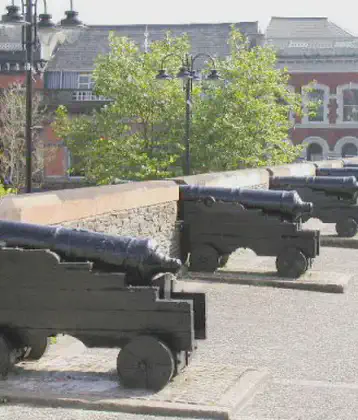On August 12, 1796 in Celtic History
Kilmainham gaol in dublin receives its first prisoners
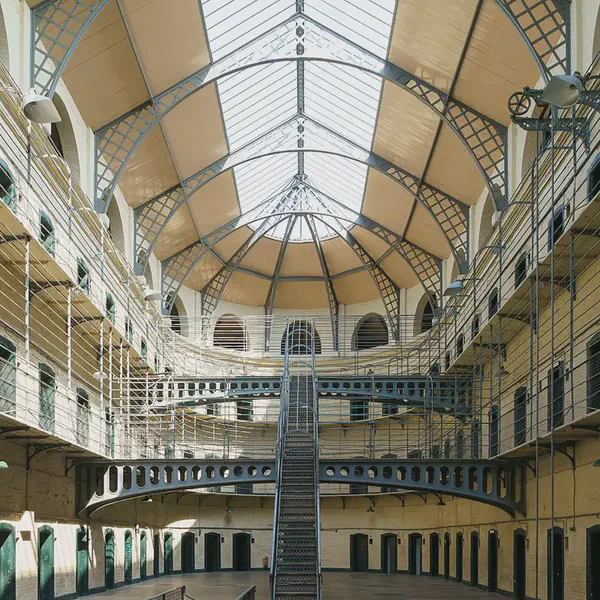
Kilmainham Gaol in Dublin, one of Ireland’s most infamous prisons, received its first prisoners on August 12, 1796. The gaol, which was initially known as the “New Gaol” to distinguish it from an older facility it replaced, became closely associated with some of the most significant events in Irish history, particularly the struggle for independence.
Background
Construction and Purpose: Kilmainham Gaol was built in 1796 to replace an older, smaller prison in Dublin. The new facility was part of broader efforts by the British authorities to reform the prison system in Ireland. It was designed to accommodate both men and women, as well as debtors, with the intention of providing a more secure and humane environment for prisoners.
Early Use: In its early years, Kilmainham Gaol held a mix of common criminals and political prisoners. During the late 18th and early 19th centuries, Ireland was experiencing significant social and political unrest, including the lead-up to the 1798 Rebellion, inspired by the American and French revolutions. Many of those involved in the rebellion and subsequent uprisings were incarcerated in Kilmainham.
Kilmainham Gaol and Irish History
Political Prisoners: Over the years, Kilmainham Gaol became infamous as the site where many Irish nationalist leaders were imprisoned. During the 19th century, it housed members of the Young Ireland movement, participants in the 1848 Rebellion, Fenians involved in the 1867 uprising, and Land League activists during the Land War.
Easter Rising of 1916: Kilmainham Gaol is perhaps most famous for its role following the Easter Rising of 1916. After the failed insurrection, many of the leaders of the Rising, including Patrick Pearse, James Connolly, and Thomas Clarke, were held in Kilmainham before being executed by firing squad in the prison’s yard. These executions, carried out between May 3 and May 12, 1916, are considered a turning point in Irish public opinion, shifting support towards the cause of independence.
Irish War of Independence and Civil War: During the Irish War of Independence (1919-1921) and the subsequent Irish Civil War (1922-1923), Kilmainham Gaol continued to be used as a place of detention for Irish republican prisoners. The prison saw the incarceration of many prominent figures from both sides of the conflict.
Closure and Legacy
Closure: Kilmainham Gaol was officially closed as a prison in 1924, shortly after the establishment of the Irish Free State. The building fell into disrepair and was nearly demolished, but efforts to preserve it began in the 1960s, led by dedicated volunteers and historians who recognized its importance in Irish history.
Museum and Memorial: Today, Kilmainham Gaol is a museum and national monument, preserved as a key historical site. It is open to the public and serves as a powerful reminder of the struggles and sacrifices made in the pursuit of Irish independence. The museum provides insight into the harsh conditions endured by prisoners and the significant events that took place within its walls.
Cultural Impact: Kilmainham Gaol has become a symbol of Irish resistance and the fight for freedom. Its story is central to the narrative of Ireland’s path to independence, and it continues to be a place of reflection for both Irish citizens and visitors from around the world.
The reception of its first prisoners in 1796 marked the beginning of Kilmainham Gaol’s long and complex history, during which it witnessed some of the most important events in Ireland’s struggle for independence. Today, it stands as a testament to the resilience of those who fought for Irish freedom.
More From This Day
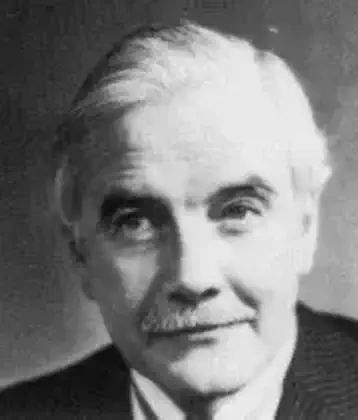

Terence MacSwiney, Lord Mayor of Cork, arrested by British; he immediately goes on hunger strike
August 12, 1920

Death of John Holland, from Liscannor, Co. Clare, designer of the first submarine
August 12, 1914
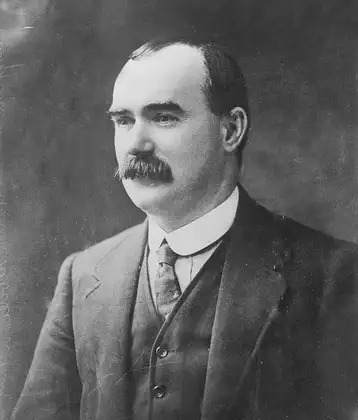
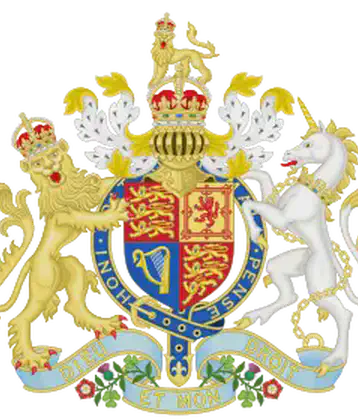
Irish Local Government Act sets up elective county and district councils
August 12, 1898
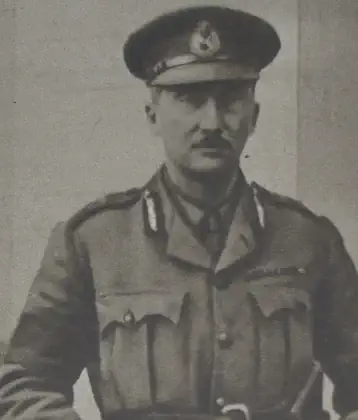
Sir Hubert Gough, soldier and participant in Curragh mutiny of 1914, is born in Gurteen, Co. Waterford
August 12, 1870

Robert Stewart, Viscount Castlereagh, commits suicide by cutting his throat with a penknife
August 12, 1822

George IV begins his visit to Ireland; he is received enthusiastically by O'Connell and others
August 12, 1821

Birth of James Whiteside, orator and Lord Chief Justice, in Delgany, Co. Wicklow
August 12, 1804
